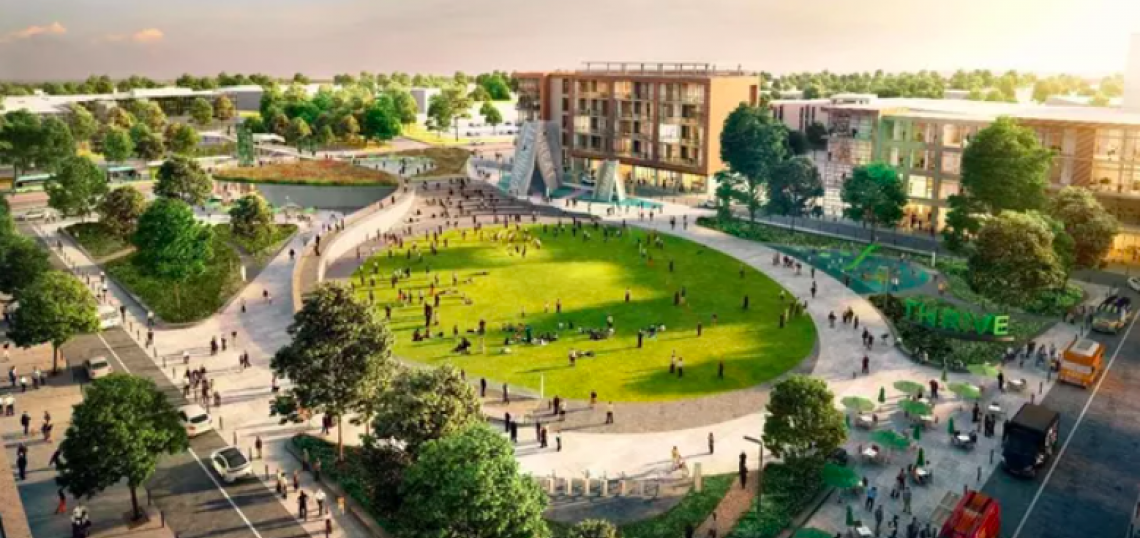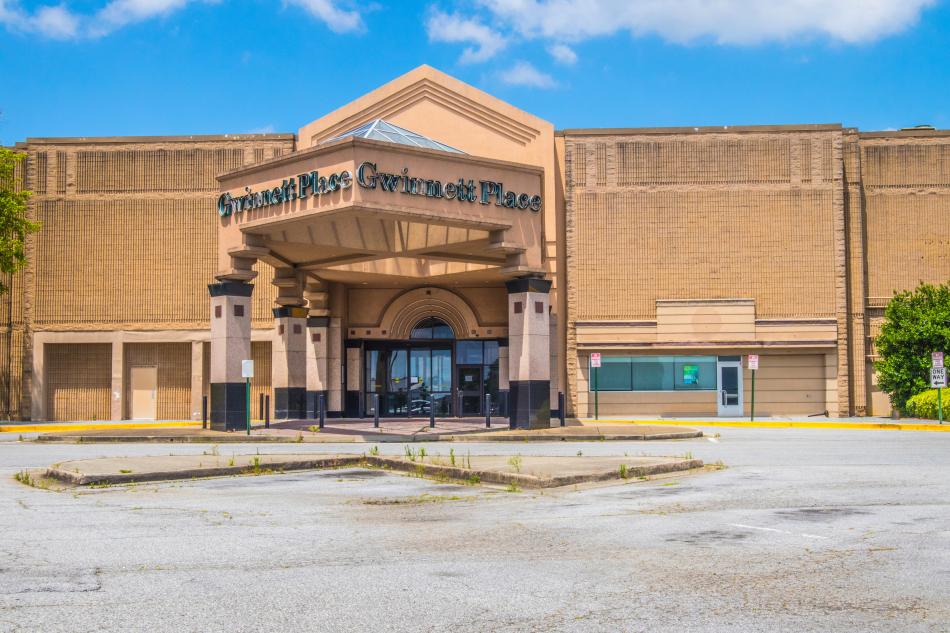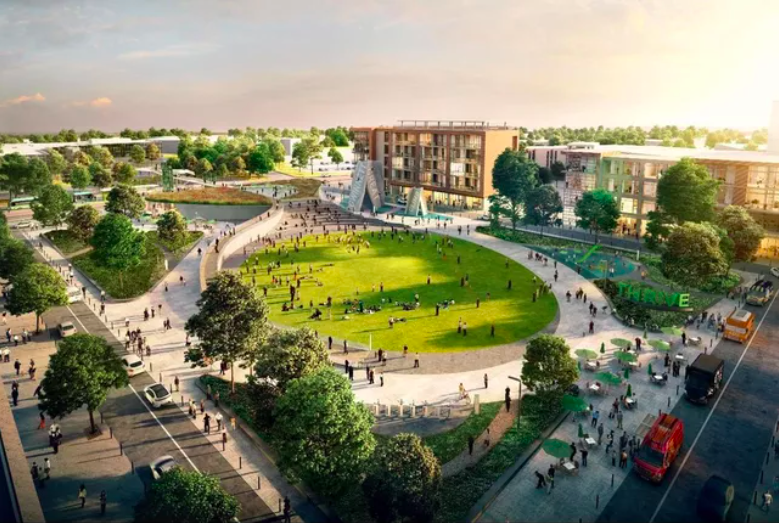It’s been an especially rough decade for Gwinnett Place Mall—that sprawling retail dead zone once considered the region’s premier suburban shopping center—but new ownership believes significant, positive changes could be on the horizon.
Exactly what the moribund Duluth mall property could become, however, remains to seen.
Quick history: Back in 1984, the drive-to shopping mecca debuted to great fanfare as Gwinnett’s first mall, during its heyday as one of the country’s fastest-growing counties. Original anchors included Rich’s, Sears, and Davison’s, and regular visitors streamed in from as far as South Carolina.
Challenges came with the openings of two more Simon Malls properties, Mall of Georgia in 1999 and Discover Mills in 2001, that pulled from the Gwinnett Place customer base. As tenants dwindled, Simon Malls eventually cut bait with the ailing mall a decade ago—followed by another blow two years later, the departure of anchor tenant Belk.
Promises of revitalization by previous ownership didn’t materialize; the most exciting investment in Gwinnett Place Mall in recent years came when Netflix’s Stranger Things transformed its interiors into circa-1980s mall sets for two seasons. The few tenants today include Macy’s, Mega Mart, a department store called Beauty Master Duluth, and a sprawling COVID-19 vaccination site.
Earlier this year, Gwinnett County purchased the mall property for $23 million from Moonbeam Capital Investments, setting the stage for … something else, potentially.
What could be a significant step toward progress came this week. The Gwinnett Place Community Improvement District’s board of directors announced they’ve selected planning firm Vanasse Hangen Brustlin, or VHB, to lead a revitalization strategy for Gwinnett Place.
A request for proposals for the 39-acre mall site had been issued in June, and Gwinnett Place CID and Atlanta Regional Commission officials unanimously selected VHB following a two-month review and scoring process, official said.
The work comes as part of a $275,000 Livable Centers Initiative grant awarded by the ARC earlier this year.
According to Gwinnett CID officials, Massachusetts-based VHB has a track record of successful mall redevelopment and “identifying the best possible development opportunities for sites in transition” across the country.
The firm specializes in transportation planning and engineering, land development, planning and design, and environmental services.
 An aerial illustrating the mall property's scope—and vastness of its parking lots—along Pleasant Hill Road in Duluth. Interstate 85 is depicted at bottom right. Google Maps
An aerial illustrating the mall property's scope—and vastness of its parking lots—along Pleasant Hill Road in Duluth. Interstate 85 is depicted at bottom right. Google Maps
Gwinnett leadership has previously cited the Belmar mixed-use district in Denver and Houston’s CityCentre as potential sources of inspiration for Gwinnett Place.
The revitalization will refine “an existing vision for a flourishing, internationally diverse, livable urban community,” said Joe Allen, Gwinnett Place CID executive director, in this week’s announcement.
Another goal will be to map out “a reality-based guide for [redevelopment] founded on local community input and direction, combined with national, proven experience,” Allen said.
One Gwinnett County commissioner, Kirkland Carden, recently told Bisnow the Gwinnett Place redo should serve as “a model of modern development that ties into the existing, diverse culture that is Gwinnett County.” A master plan is in the works that Carden believes should swap the property's vast parking lots for greenspace, among other equitable uses.
Proximity to Interstate 85, Ga. Highway 316, and the Gas South Arena area are considered locational perks for any redevelopment that should come in.
Pretend you’re at the controls: What would you build in place of old Gwinnett Place?
• How a $35M arts center is modernizing Lawrenceville's historic square (Urbanize Atlanta)









